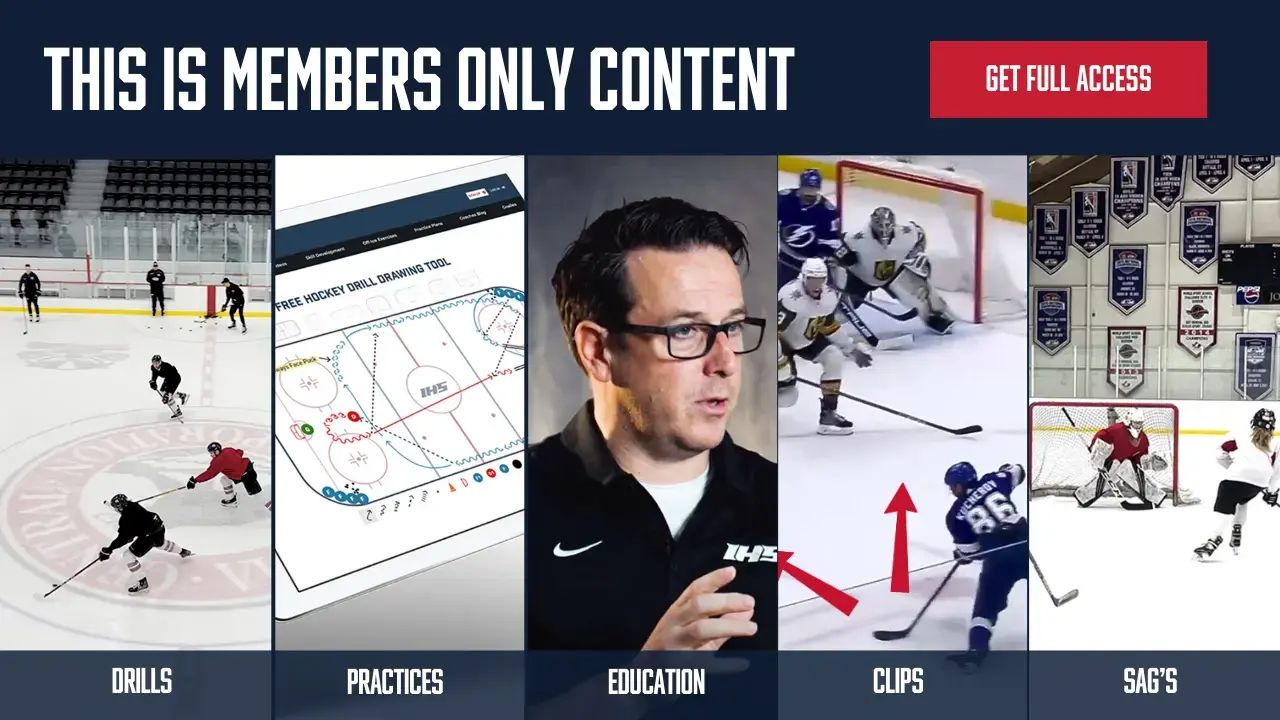Welcome to Lesson 3 - Video 3 of the Deconstructing the Wrist Shot Video Series!
If you missed the other videos, find them here:
Lesson 1 - Video 1 - Getting the Proper Stick
Lesson 1 - Video 2 - Hand and Arm Positioning
Lesson 1 - Video 3 - Blade of Stick and Puck Placement
Lesson 1 - Video 4 - Body Positioning
Lesson 2 - Video 1 - Stationary Shooting
Lesson 2 - Video 2 - Shooting in Motion
Lesson 2 - Video 3 - Shooting Accuracy
Lesson 3 - Video 1 - Shooting Off a Stick Handle
Lesson 3 - Video 2 - Shooting Off a Forehand Pass
This video emphasizes the technique of receiving a backhand pass and quickly transitioning it into a forehand wrist shot, highlighting the importance of proper puck control, blade positioning, and practice.
Coaching Points for Shooting Off a Backhand Pass:
-
Blade Positioning:
- Keep your blade cupped with knuckles up to ensure control when receiving the puck on the backhand.
- Aim to use the flattest part of the blade (heel to middle) for consistent puck control.
-
Pass Reception:
- Smack the puck back along the same angle it approaches to prevent it from popping up or bouncing away.
- Avoid catching the puck too early to maintain control and keep the puck flat.
-
Hand and Stick Position:
- Keep your hands set and away from your body for a quick transition from pass reception to shot.
- Avoid sliding your hands into position after receiving the pass, as it wastes valuable time.
-
Quick Transition:
- Smack the puck into the shooting box without stopping or delaying to prepare for a quick release.
- Focus on getting the puck flat and ready for a wrist shot, pass, or play immediately.
-
Body Mechanics:
- Align your shoulders and weight transfer from back foot to front foot to generate power.
- Drive your shoulders towards the net and follow through with proper form.
-
Practice Approach:
- Prioritize quality over quantity—focus on precise and controlled repetitions rather than rushing through shots.
- Start stationary, then incorporate motion to simulate game scenarios for better adaptability.


